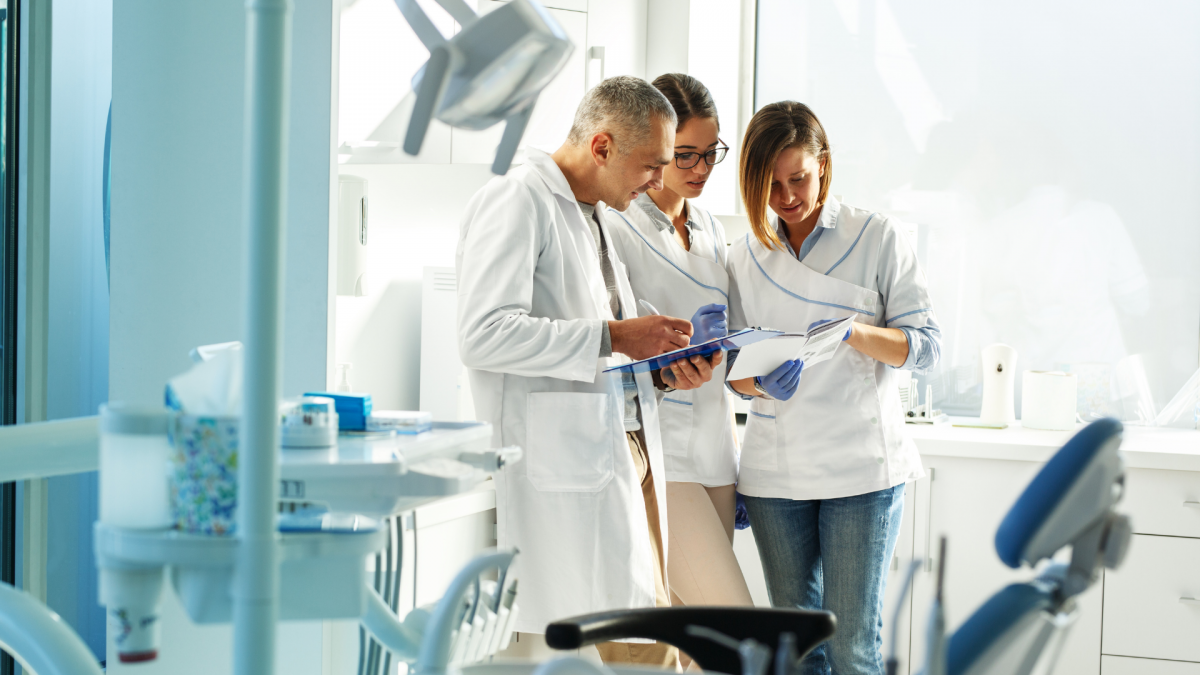Teethan in descending diseases
Presentation
The patient, G.F. of 50 years, male, reported headache upon awakening, acute lumbosciatalgia and algia to the right foot of such intensity, he has difficulty in keeping the upright position and consequently in carrying out the normal daily activities. For this problem he had consulted Orthopedic Specialists and Physiatrists who had prescribed him both anti-inflammatory and muscle relaxant Medical Therapy to which he was resistant. RMN of the rachis with a diagnosis of right-sided median-paramedian hernia imprinted on the dural sac and right root pocket at the level of the L5-S1 disk. It was submitted to us by postural evaluation through static baropodometric analysis.
In this analysis, the patient presented excessive monolateral right hypercharging, with a clear rotation of the pelvis. Between the two forefeet there was an excessive difference in the surface – higher on the right – while the distribution of the loads between the forefoot and the rear did not respect the physiological parameters, which provide a greater load on the back foot. Excluding proprioceptive interferences from ocular and plantar components, our attention focused on the occlusal component. In fact, eliminating the occlusal interferences, an improvement in the parameters was appreciated, both in terms of load distribution and rotation of the pelvis. It was therefore framed from a orthodontic point of view.
Orthodontic diagnosis
-
II ^ Skeletal dento class with a deep bite
-
Scissor bite in the right diatoric sector
-
Mandibular retrusion
-
Absence of symptomatology for the ATM
The tooth prints were taken in order to make study models. In the second session, he was then subjected to digital analysis of the dental occlusion with Teethan. The examination showed all the values out of the normal standard with evidence of a clear prevalence of temporal muscles than the masseters and a right torsion. The general index of neuromuscular balance showed values far away from the normal standard. The examination was repeated with a trial support we had developed with the purpose of verifying the neuromuscular response and the plantar support before starting the Occlusal Therapy. The general index of the examined masticatory muscle groups began to improve and the baropodometric examination gave positive responses. There was an excessive hypercare on the right.
Therefore,a bite was made at the lower jaw, reporting the information obtained with the test bite. The bite was adjusted based on clinical and propioceptive information. The 30-day clinical check showed a marked improvement in symptoms and excellent patient compliance, which reported wearing the bite during 24 hours (removing it only during meals). In this regard, we underline the central role of the graphic representation obtained with Teethan in order to involve the patient emotionally. In fact, the patient, gratified by the visual feedback of data improvement, approached with confidence the occlusal therapy.
The values testified the improvement in the distribution of loads between the forefoot and the hind foot, a reduction in the rotation of the pelvis and a better distribution of the total load between the right foot and the left foot.
Control at 1 year
Although the patient had been recalled for periodic checks, these did not take place before 12 months. After 1 year the patient reported the disappearance of the symptoms that afflicted him, especially the headache, the plantar algia and the lumbosciatalgia which, in his opinion, was the most disabling symptom. He reported having worn the bite during the 24 hours for the first 6 months and then reduced in the afternoon and night hours in the following months because “he felt he was feeling better”. We performed the analysis of dental occlusion without bite and the result revealed a reactivation of the masseter muscles and a global improvement of the indices of neuromuscular balance.
The Teethan test performed with the bite confirmed the achievement of an acceptable general neuromuscular balance index. All the values were within the normal range including the barycentre which is anterior in the II Classes.
The static baropodometric analysis showed an improvement of the parameters also in the test without bite, distribution of loads and rotation of the pelvis approached the physiological parameters.
In the 1-year bite test, the ground projection of the body barycentre in the support polygon is displayed centrally, according to physiology. The rotation of the pelvis is around 0.9 compared to the 4 of the first test (physiological value between 1 and -1). The percentage of load on the individual limbs shows a good distribution of body weight between right and left limb, according to the normal range. The distribution of the load between the forefoot and the hind foot that in the first examination showed an excessive load on the forefoot, now respects the physiological parameters (60% back foot, 40% forefoot in physiological values). The surfaces of the two feet have been detected with similar distribution, it is detectable only a slight difference of greater surface on the right forefoot and left rearward.
The article presented below was created by the Associate Dentistry Office of the Dott. R. Caianiello and R. Tallarico, based in Lauria (PZ).


